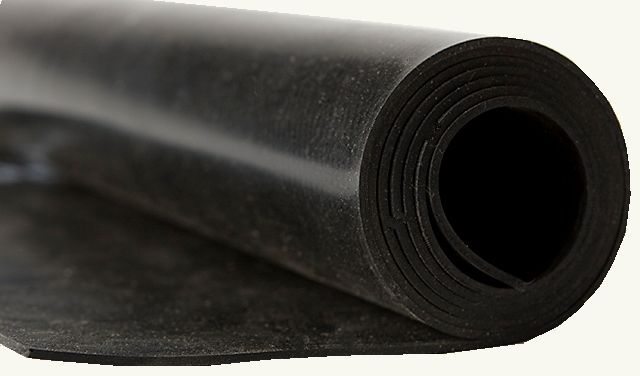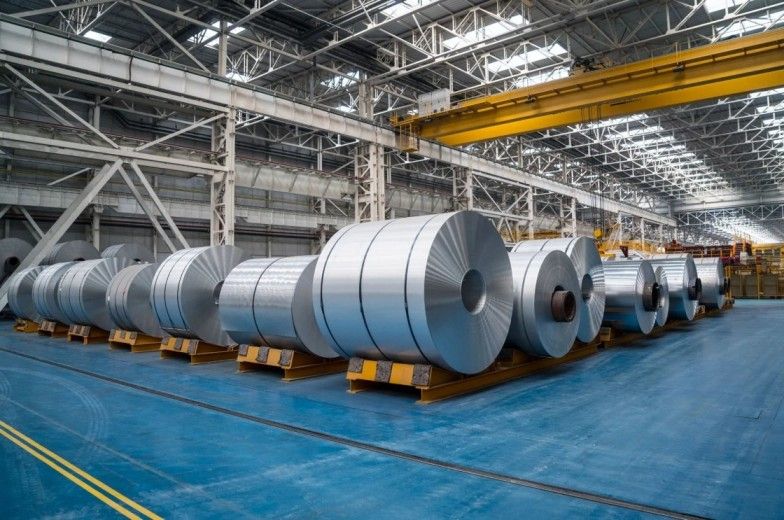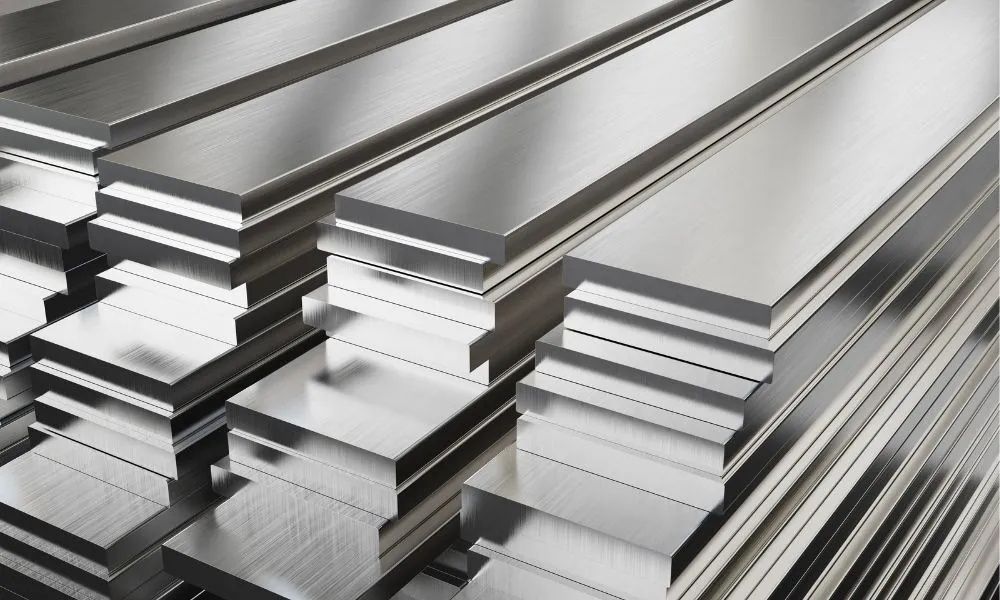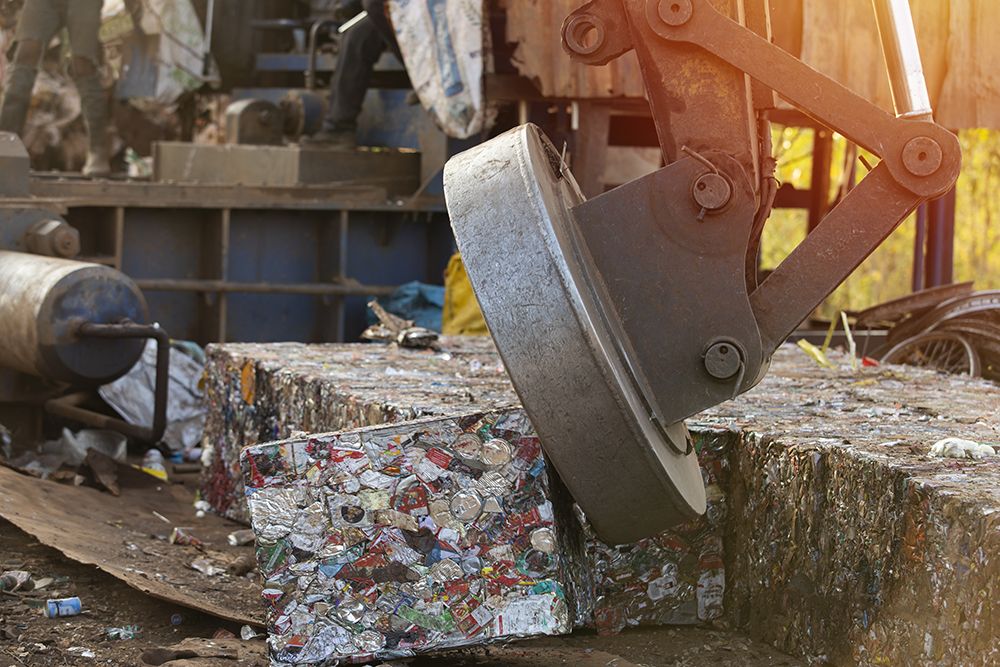Discover Rubber Sheets: Insights, Information, and Expert Suggestions
Rubber sheets are flexible, durable materials made from natural or synthetic rubber. They are manufactured in a variety of forms, thicknesses, and textures to serve industrial, medical, and domestic purposes. The existence of rubber sheets can be traced back to the broader use of rubber as a material in the 19th century, following the process of vulcanization developed by Charles Goodyear. This process transformed natural rubber into a more stable and resilient product, paving the way for widespread applications.
Rubber sheets today are designed to meet multiple functional needs. From preventing leaks and providing insulation to ensuring safety in workplaces, their adaptability makes them an essential material in numerous fields. They are available in variations such as neoprene sheets, silicone sheets, nitrile sheets, and natural rubber sheets, each chosen for specific characteristics like temperature resistance, chemical resistance, or flexibility.

Why Rubber Sheets Are Important
Rubber sheets matter today because they serve industries, households, and healthcare in diverse ways. Their ability to withstand wear and environmental conditions makes them a reliable material.
-
Industrial applications include use as gaskets, flooring, vibration dampers, and insulation materials.
-
Healthcare applications include use in laboratory benches, protective coverings, and medical equipment support.
-
Domestic uses include mats, protective pads, and flooring solutions.
They also contribute to safety and hygiene. For example, anti-slip rubber sheets reduce workplace accidents, while chemical-resistant sheets protect surfaces in laboratories. Their role in minimizing vibrations and sound also supports modern infrastructure.
The material helps address problems such as:
-
Reducing accidents in wet or high-friction environments
-
Preventing damage to sensitive surfaces
-
Protecting machinery and equipment from wear and shock
-
Offering thermal and electrical insulation in critical systems
The continuing demand across multiple sectors highlights the necessity of rubber sheets in contemporary society.
Recent Updates and Trends
The rubber sheet industry has experienced notable updates in recent years, shaped by environmental, technological, and economic factors.
-
Sustainability efforts (2024–2025): There is increasing focus on producing eco-friendly rubber sheets. Manufacturers are exploring bio-based polymers and recycling methods to reduce waste and dependence on petroleum-based rubber.
-
Technological improvements: Advancements in composite rubber sheets allow for higher resistance to heat, oils, and chemicals, making them more suitable for heavy industries.
-
Global demand: Reports from 2024 show rising demand in construction and automotive industries. For instance, the automotive sector uses rubber sheets for sealing, vibration control, and protective linings.
-
Medical applications: The year 2024 saw greater emphasis on hygienic rubber sheets with antimicrobial properties for hospitals and laboratories.
-
Price and availability fluctuations: Changes in natural rubber production, particularly in regions like Thailand and Indonesia, have influenced supply chains and availability.
A simple chart illustrates the key demand areas:
| Sector | Key Use of Rubber Sheets | Growth Trend (2024–2025) |
|---|---|---|
| Construction | Flooring, insulation, waterproofing | Rising |
| Automotive | Seals, vibration damping, linings | Stable to rising |
| Healthcare | Antimicrobial covers, equipment use | Rising |
| Industrial Safety | Anti-slip mats, protective surfaces | Rising |
Rules, Standards, and Policies
Rubber sheets are influenced by national and international regulations to ensure safety, quality, and environmental responsibility.
-
ISO standards: International standards such as ISO 3302 (tolerances for rubber products) and ISO 37 (tensile testing of rubber) guide manufacturing quality.
-
Environmental regulations: In many countries, restrictions apply to rubber products that contain hazardous substances. For example, the European Union’s REACH regulation requires testing for chemical safety.
-
Safety certifications: Industries using rubber sheets often follow certifications like ASTM standards in the United States to ensure performance in construction, automotive, and chemical environments.
-
Government initiatives: In 2024, several governments introduced incentives to encourage recycling of rubber materials, reducing landfill waste and promoting circular economy practices.
-
Import/export rules: Countries producing natural rubber, such as Malaysia and Thailand, often set export quotas and tariffs that indirectly influence rubber sheet markets worldwide.
These policies ensure that the use of rubber sheets aligns with environmental and occupational health priorities.
Tools and Resources for Learning and Application
Several resources can help individuals and professionals understand and use rubber sheets more effectively.
-
Material property databases such as MatWeb provide technical data on different types of rubber sheets.
-
Engineering calculation tools can estimate tensile strength, elasticity, and thermal performance of materials.
-
Industry associations like the International Rubber Study Group (IRSG) publish reports on trends and global statistics.
-
Technical standards libraries such as ASTM and ISO online databases provide detailed guidelines.
-
Educational resources including university materials science portals and engineering handbooks explain practical applications.
-
Online calculators allow estimation of load, stress, or area coverage for specific applications of rubber sheets.
Using these resources supports informed decision-making in design, engineering, and daily use.
Frequently Asked Questions
What are the main types of rubber sheets?
The main types include natural rubber sheets, silicone rubber sheets, neoprene sheets, nitrile sheets, and EPDM sheets. Each is selected based on its resistance to chemicals, temperature, flexibility, or durability.
Are rubber sheets environmentally sustainable?
Traditional rubber sheets are not always sustainable, but newer developments include recycled and bio-based rubber sheets designed to reduce environmental impact.
How long does a rubber sheet last?
Lifespan depends on usage and conditions. In general, high-quality sheets may last several years, while sheets exposed to chemicals or extreme temperatures may degrade faster.
Can rubber sheets be recycled?
Yes, many types can be recycled into products like flooring tiles, playground mats, or industrial fillers, though the recycling process depends on local facilities.
Which industries rely most on rubber sheets?
Industries such as construction, automotive, chemical processing, and healthcare rely heavily on rubber sheets for protective, insulating, and safety purposes.
Conclusion
Rubber sheets represent a versatile and essential material used across industries, healthcare, and households. Their ability to provide insulation, protection, and safety makes them indispensable in modern life. Recent trends point to sustainable practices, improved manufacturing technologies, and stronger regulatory frameworks shaping their future.
For individuals, engineers, or policymakers seeking to understand their role, rubber sheets highlight the importance of adaptable, safe, and environmentally responsible materials. As demand grows across sectors, informed awareness of standards, resources, and best practices ensures their effective and responsible use.




